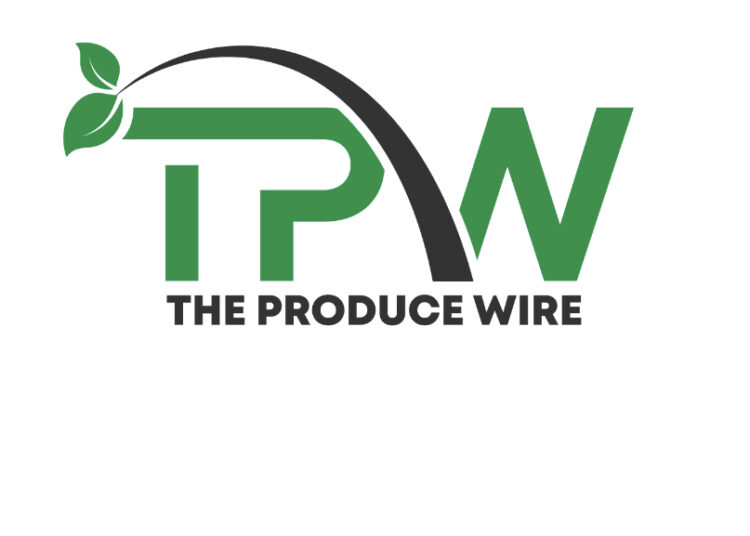Public Health Scotland (PHS) has shared data revealing the number of outbreaks and illnesses caused by different pathogens in 2022 and 2023.
Surveillance of outbreaks in Scotland was suspended due to the pressures of the COVID-19 pandemic and is undergoing review before re-establishment. The report only covers outbreaks in which PHS was involved in incident management and is not a comprehensive record. Work is underway to re-establish the ObSurv surveillance system.
PHS was involved in the investigation of 11 outbreaks of Salmonella in 2022 and five in 2023. All outbreaks had cases elsewhere in the UK. The Salmonella Gueuletapee, Salamae, Ball, and Mbandaka outbreaks remained unsolved in 2022. Processed poultry products were behind two Salmonella Infantis incidents and one Salmonella enteritidis outbreak. Scotland had 17 cases in the Ferrero chocolate Salmonella Typhimurium outbreak.
In 2023, there were three Salmonella Enteritidis outbreaks. One had 20 cases and was linked to poultry products. A Salmonella Saintpaul outbreak with ten patients was caused by melon.
PHS was involved in six Shiga toxin-producing E. coli (STEC) outbreaks in 2022 and six in 2023. In 2022, five were E. coli O157 outbreaks. Two involved early learning settings and person-to-person spread with 71 sick, while one outbreak was linked to beef. One E. coli O103 outbreak with eight cases was unsolved.
In 2023, three E. coli O145 outbreaks were recorded, one of which sickened eight people and was linked to unpasteurized cheese. The source of two E. coli O26 outbreaks with 16 cases and a small E. coli O183 epidemic was unknown.
There were two outbreaks of Listeria monocytogenes in 2022 and one in 2023. All had two cases in Scotland. Two were linked to smoked fish, while the other went unsolved.
In 2022, PHS helped during an outbreak of Campylobacter associated with an event with lambs in which Cryptosporidium was also detected. Ten people were infected with Cryptosporidium and nine with Campylobacter.
Illness by pathogen
PHS received 270 laboratory reports of E. coli O157 in 2022 and 133 in 2023, an increase from previous years. The incidence rate was slightly higher in females than in males. The highest incidence rates by age group continued to be seen in young children.
The number of non-O157 STEC lab reports exceeded O157 STEC for the first time in 2023, with 182, up from 170 in 2022. The data show an increase over previous years.
In 2022, 682 Salmonella cases were reported, rising to 742 in 2023. Data for 2022 show a decrease from previous years, while data for 2023 are in line with past years.
The incidence rate was slightly higher in females than in males. Higher incidence rates are observed in children under five years old. The most reported serotypes remain Salmonella Enteritidis and Salmonella Typhimurium.
There were 29 Listeria infections in 2022 and 22 in 2023, an increase compared with previous years. The majority of cases continue to be seen in the 65+ age group.
In 2022, PHS received 5,552 lab reports of Campylobacter, and 5,930 reports in 2023.
In 2022, the highest number of lab reports was seen in May; in 2023, it was in June. In both years, the incidence rate was higher in males than in females. Incidence rates by age group were highest in the 60 to 64 and 65+ groups.
There were 26 lab reports of Cyclospora in 2022, of which 20 were likely travel-related, and 33 in 2023, all of which were travel-related.
The introduction of fecal PCR in some diagnostic labs has largely driven the increase in reports of Yersiniosis. This has resulted in more reports of Yersinia enterocolitica. There were 85 cases in 2023, 56 in 2022, and 17 in 2021.
(To sign up for a free subscription to Food Safety News, click here.)













